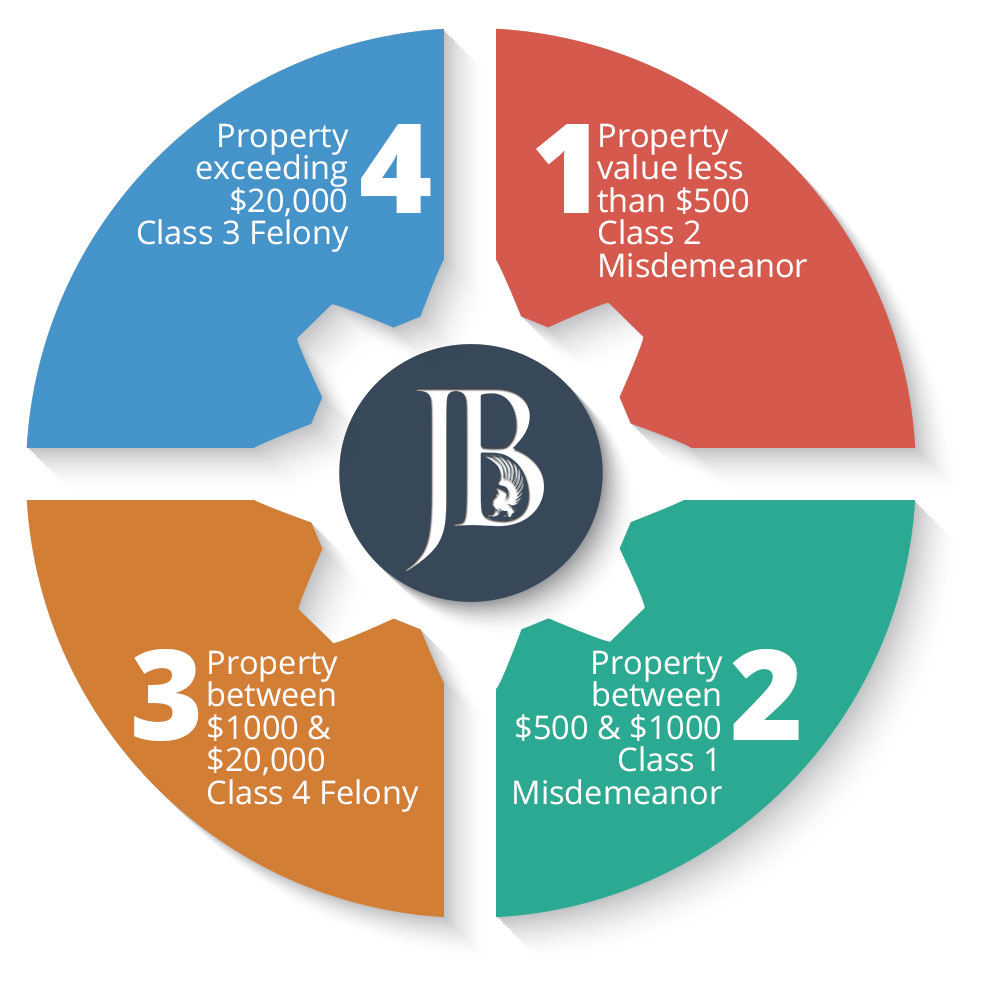Browsing A Criminal Trial: A Complete Detailed Evaluation Of What Takes Place
Browsing A Criminal Trial: A Complete Detailed Evaluation Of What Takes Place
Blog Article
Staff Author-McLean Thompson
When you step into a criminal trial, you could be surprised by the structured process that unravels. All of it starts with jury choice, where potential jurors are inspected for prejudices through a technique called "voir dire." Afterwards, both sides offer their opening statements, setting the stage for the proof and testaments to comply with. You'll see exactly how the prosecution and defense develop their situations, however what takes place next can significantly influence the end result. Understanding https://docs.google.com/spreadsheets/d/1I2Mkn8qeteIpv8ZcwqGSVLLsaTPBrg1lUzNPKpNbBF0/edit#gid=861077076 can expose the complexities of justice, yet there's more to reveal concerning the critical moments that follow.
Court Option Refine
When it involves the jury selection procedure, you're diving right into a critical stage of a criminal test. This procedure, usually called "voir dire," involves doubting potential jurors to ensure they're unbiased and efficient in delivering a reasonable judgment.
You'll see both the prosecution and defense lawyer taking part actively, each aiming to choose jurors who align with their situation's narrative.
Throughout voir dire, you'll see that attorneys ask questions regarding jurors' backgrounds, beliefs, and experiences. Their objective is to recognize any pre-existing prejudices that might influence a juror's choice. As a juror, you could really feel a mix of uneasiness and interest, yet your sincerity is important.
After questioning, lawyers can test details jurors for cause if they believe a juror can't remain objective. They can additionally utilize a restricted variety of peremptory challenges to disregard jurors without specifying a reason.
Test Phases Explained
The phases of a criminal trial play a vital role in guaranteeing a reasonable and organized procedure.
You'll initially experience the opening declarations, where both the prosecution and defense describe their cases. This establishes the stage wherefore's to come.
Next off, the prosecution offers its proof and witnesses, intending to verify the defendant's sense of guilt past a reasonable uncertainty. You'll see direct examination followed by cross-examination, allowing both sides to test the here and now info.
After the prosecution rests its instance, it's the protection's turn. They'll provide their proof and witnesses, commonly concentrating on creating reasonable uncertainty. You'll notice that the defense does not need to show innocence; they just require to test the prosecution's situation.
Once both sides have presented their disagreements, you'll hear shutting statements, where each event summarizes their instance. see this website is essential as it enhances their positions prior to the court mulls over.
Throughout these phases, the judge ensures that the trial abides by lawful standards which the legal rights of both events are shielded.
Comprehending these stages will aid you value the complexities associated with a criminal trial and the importance of each step in the quest of justice.
Judgment and Sentencing
Besides evidence has actually been presented and disagreements made, the jury or judge provides a judgment, figuring out the defendant's shame or virtue. If you're part of the court, you'll ponder with your other jurors, reviewing the evidence and your perceptions. This procedure can require time, as you'll wish to guarantee every person agrees on the decision based on the realities.
When a decision is reached, it's introduced in court. If the offender is condemned, the next phase is punishing. This is when the judge makes a decision the ideal penalty. You may observe that different elements affect the sentence, such as the severity of the criminal offense, the accused's past document, and any kind of mitigating scenarios.
The judge might impose a series of sentences, from penalties and community service to jail time. Sometimes, the protection or prosecution can provide disagreements relating to sentencing, trying to persuade the court's choice.
If the offender is found not guilty, they're acquitted, and no penalty adheres to. Keep in mind that a guilty judgment can often result in appeals, where the accused may challenge the verdict or the sentence imposed.
Conclusion
In a criminal trial, you've seen exactly how essential each step is, from court option to the last judgment. You've followed the prosecution and defense as they build their situations, aiming to encourage the jury. As soon as deliberation wraps up, the decision identifies the outcome, and if the defendant is condemned, the sentencing phase starts. Recognizing these procedures aids you value the complexities of the justice system and the importance of each duty in making certain a reasonable test.
